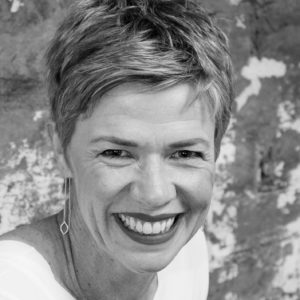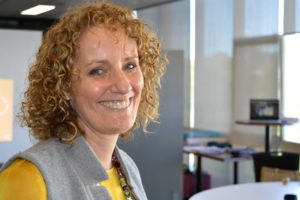Latest News
#LGSC21 Program Applications
Our 2021 Program Applications are currently Open jump onto our Application Tab for more info.
Thinking about applying , talk to our Alumni or contact LGSC on 0408627066
Key dates:
25 Sept – it is recommended you submit scholarship Apps by this date
31 Oct – all Applications Close
It Starts with You!

Thanks Ellen
It is time to take the negativity out of *mental health and start talking about mental health, positively. Yes, talk, communicate, connect, belong, isn’t that what being part of a community is all about?
Personally I believe we have it pretty good in the Great South Coast, I feel very fortunate to be living in one of the most liveable regions of the country, even more so considering the epic year we are having.
Epic, it’s a big word isn’t it? But in reality, we have had to adapt and change on a grand scale to a global event. And we are doing a great job, we have adapted our work, school, and social lives accordingly and we are still thriving.
So, what makes people be at their best, to thrive and flourish?
It all starts with you. Looking after yourself so you can feel good and function well. You are no good to anyone if you are not well yourself.
We are all human and life will be difficult sometimes and we are all our own worst enemy, we are harder on ourselves than we are on others.
It is time we started to show ourselves some self-compassion.
Show yourself some kindness, encouragement, understanding, empathy, and patience and treat yourself with the same care and concern that you show a good friend. Be nice to yourself.
Allow time for mindfulness, to take time to be in the moment, acknowledge and understand your feelings.
Set yourself a new goal, to be kind to yourself. Only then can you truly live and work productively and able to make a valuable contribution to our amazing community.
*According to the World Health Organisations mental health is a state of well-being in which an individual realises his or her own abilities, can cope with the normal stresses of life, can work productively and is able to make a contribution to his or her community.
Catherine Fitzgerald 2020 Program Participant
Thanks to Ellan Jackson from Potential Psychology for coaching us on the benefits of self-care – check out her Podcast here
Looking Through the Green Triangle Window
Portland Aluminium, with an annual turn-over of $550M per year and employing hundreds of locals is currently facing the challenge that they may cease production in the coming years. The potential closure is relating to the inability to secure a new power contract for the plant that most people have come to put on a pedestal as the towns major employer.
What is our regions strategy?
Other industrial businesses in the town have been working diligently to pick up the slack and remove their eggs from one basket in a bid to maintain the towns proud stance as the Great South Coast’s industrial epicentre.
Ranging from 160 metre giant wind towers that populate our state’s landscapes produced at Keppel Prince to the 5.36 million tonnes of product handled last financial year at the Port of Portland, the two next largest business in town are evolving and expanding.
And there is a new player emerging from the shadows. One that has the potential to further invigorate the region and push it into the spotlight for whole world to see. It has the potential to produce 3,000 tonnes of green fuel per annum, using green fuel to do so setting the benchmark high.
So, what is it?
A mass production hydrogen processing plant is being scoped by the Committee for Portland for the Heywood area with potential to create 650 new positions and feed our country and the hungry Asian market with the clean fuel. It also has the potential to feed the Hycel project – hydrogen fueled power cell research being spearheaded at Deakin University’s Warrnambool Campus. A project working toward further eliminating fossil fuels.
It’s a matter of when and not if the smelter will cease production. The “when” part is yet to be determined. Portland has no need to be worried, as it is well placed to dominate Victoria’s industrial green scene and lead us into the future.
Jason Van Der Heyden, 2020 Participant
Midyear Workshop Smiles
Our aspiring leaders took time out to develop their leadership skills – including communication skills, coming to fully appreciate and feel the benefits of honest empathetic feedback and understand their personal brand is a jigsaw that starts with the your visual voice and extending to body language, social media presence and so much more.
We had conversations we needed to have in these ever changing times – it is leadership in action we are adapting and supporting each other. Thanks to our Lead Facilitator the wonderful Corrinne Armour https://corrinnearmour.com/ click our Gallery tab for more pics.

Our Lead Facilitator
#leadership #community #bethechange Regional Leadership #greatsouthcoast

